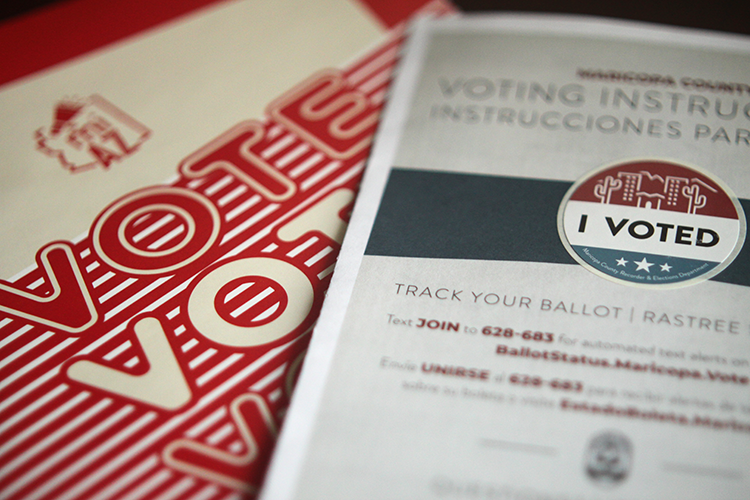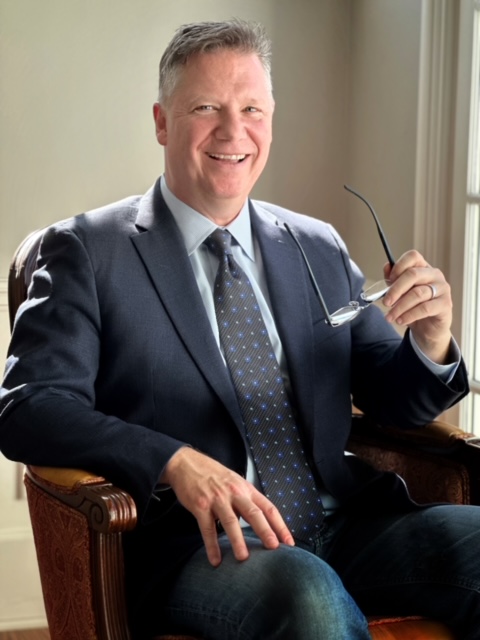Summary Time Blues
Back in 1980, when U.S. District Judge Thomas Lambros of Ohio pioneered something he called the “summary jury trial” to spur settlements, the judge faced a crowded docket and cases that languished while waiting for trial dates.
Today, dockets are busier than ever. Yet despite a scattering of believers, few judges avail themselves of Lambros’ invention.
That’s a shame, according to lawyers and judges who use these abbreviated trials and swear by their effectiveness.
“Summary jury trials are terribly underutilized,” says Houston trial lawyer Geoffrey L. Harrison, who has used them twice.
He praises their effectiveness in rapidly settling cases. “What you want to do is resolve the case on a fair and sensible basis that still allows you to drink vintage champagne and celebrate that night,” he says.
That was the goal when Lambros developed the summary jury trial in the Northern District of Ohio as a court-mandated alternative to resolve disputes. A jury from the court’s pool renders an advisory, nonbinding verdict. Most judges require parties to meet for a settlement conference or mediate shortly after the verdict. With the parties present and a preview of the case fresh in their minds, even the most unyielding litigants tend to settle.
Lambros’ invention drew attention at the highest levels, including a mention in Chief Justice Warren Burger’s annual state of the judiciary report. Congress later authorized the use of summary jury trials with the Judicial Reform Act of 1990.
Indeed, most who use them say the trials are win-win propositions: The courts save time and money by avoiding a potentially protracted trial. Jurors provide a meaningful service when they report to duty. And the parties get a quicker, often more satisfying resolution to their disputes.
“I don’t exaggerate when I say that I’ve fallen in love with the system,” says retired Judge Joseph Gerace, who brought summary jury trials to Chautauqua County in upstate New York after hearing about a successful program in Pennsylvania. Gerace’s success caught the attention of New York court administrators, who over the last several years have folded summary jury trials into a statewide alternative dispute resolution study.
But lawyers who have criticized the process say they don’t feel comfortable laying their cards on the table during what could, if settlement goals fail, amount to a dry run before a real trial with real consequences.
“I have opposed them on many occasions as a younger lawyer when I thought summary jury trials required me to tip my hand to defense counsel,” says Cincinnati lawyer James B. Helmer Jr. But, he adds, “As I’ve gotten older, I’ve begun to see the wisdom of using summary jury trials in some cases.”
Some Clients Reluctant
In a couple of noteworthy cases from the late 1980s and early ’90s, clients balked at being forced to participate in the process, leading the 6th and 7th U.S. Circuit Courts of Appeals to rule that judges may not force parties to participate.
Appellate Judge Richard Posner of the Chicago-based 7th Circuit is perhaps the most cited critic. In a 1986 University of Chicago Law Review article, he articulated a host of concerns about compulsory summary jury trials where jurors don’t get to do what they do best: evaluate the credibility of witnesses.
He also worried that if widely used, the summary jury trial ultimately could increase costs to the judiciary if the system also had to pick up the costs of what amounts to settlement negotiations. Posner says he hasn’t changed his mind.
But attitudes toward ADR have changed, and in 2002, the Boston-based 1st Circuit ruled that in some cases, so long as safeguards are in place, judges may compel parties to participate in and pay for mediation. Writing for a unanimous panel, Judge Bruce M. Selya rejected as unwarranted concerns about undermining discovery that were raised 14 years earlier by the 7th Circuit. Strandell v. Jackson County, 838 F.2d 884.
“Because a summary jury trial (like a nonbinding mediation) does not require any disclosures beyond what would be required in the ordinary course of discovery, its principal disadvantage to the litigants is that it may prevent them from saving surprises for the time of trial,” Selya wrote. “Since trial by ambush is no longer in vogue, that interest does not deserve protection.” In re Atlantic Pipe Corp., 304 F.3d 135.
No Official Oversight
Neither the Administrative office of the U.S. Courts nor the National Center for State Courts tracks the use of summary jury trials, but interviews with judges and lawyers show they are used from coast to coast. Nor is there a single method for conducting the minitrials. Instead, as courts have adapted the process, the summary jury trial has evolved into a multipurpose ADR tool.
The Charleston, S.C., courts, for instance, offer binding summary jury trials by consent in relatively minor cases. There is no appeal.
“I think it’s a great thing that allows courts to free up their caseloads,” says Charleston lawyer Mark C. Joye, who sits on the local bench-bar committee and would like to see the courts expand the concept to more complex cases.
One advocate for summary jury trials, especially in megacases, is Dallas trial lawyer Byron Wilder, who opposed Houston lawyer Harrison in a 2002 case. Harrison’s client, TeraForce Technologies, won a $9.45 million settlement after a summary jury returned a $21.5 million verdict in the case against Cadence Design Systems Inc. The higher verdict gave TeraForce leverage to recoup most of the $10 million in actual damages it was seeking.
Wilder has a client who recently participated in a summary jury trial as part of a megacase involving PricewaterhouseCoopers in Atlanta. Because the case is still pending, Wilder declined to comment, other than to say the results are encouraging. “We were all pleased with the process,” Wilder says. “You run a risk, if you do this properly, that you will educate your opponent. You have to be willing to accept that.”
That’s a downside to some. But Wilder says capable lawyers can pretty much figure out an opponent’s strategy anyway. And, he says, if the summary jury trial is to work, lawyers can’t hold back.
“You can’t expect to give the jurors a fair reading if you’re not showing the entire case,” he says. “I don’t see how you could withhold a key element of your case and expect the process to work very well.”
U.S. District Judge S. Arthur Spiegel, who helped Lambros pioneer the summary jury trial, has been instrumental in selling the process to lawyers such as Cincinnati’s Helmer. The judge is considering a summary jury trial in one of Helmer’s pending civil rights cases against Cincinnati police.
Spiegel has used summary jury trials in a variety of contexts, from a massive case involving the Zimmer nuclear power plant near Cincinnati and other complex business disputes to a case involving a prison riot.
Like most judges, Spiegel requires summary jurors to produce two verdicts, one on liability and one on damages, even if they don’t find any liability. With the principals present, he says settlement is most likely if they’ve had a chance personally to witness the strengths and weaknesses of their positions and after they see a value attached to their exposure.
New York’s Gerace deviates some from the Lambros model, which relied solely on arguments from lawyers and documents. Gerace allows two live witnesses, which he has found is crucial to parties looking for justice. “The clients are so happy with the result,” he says. “Even if they lose they are pleased to have a chance to tell their story to a jury.” Gerace is such a believer because he’s seen it work. Out of 170 cases he’s ordered to summary jury trial over a five-year period, six elected to go to trial. That was in the first two years. In the past three, none of his summary jury trial participants has elected to try the case again.
Sometimes a Tough Sell
Pennsylvania Commonwealth Judge Robert e. Simpson says lawyers and litigants appreciate summary jury trials afterward, but he and New York’s Gerace say getting them to participate can be an uphill battle. Simpson, who did summary jury trials for six years while on the trial court in Northampton County, says he didn’t compel parties to participate but reserved the right to do so.
But because the goal is settlement, he says he felt he needed people at the summary jury trial who wanted to be there. The tough part was talking lawyers into trying it out. “The attorneys seemed to like it once they got their sea legs,” he says. “Once the lawyers understood the process, they liked it and asked for it.”
Simpson says he got better at summary jury trials by taking more time to prepare in advance, having juror instructions ready and making as many rulings as possible. But despite Simpson’s success with summary jury trials, the practice dried up in Northampton County shortly after he left.
James Onembo, the court administrator there, says, “It was definitely a very effective means of sorting out a very complex case.”
But Onembo says the technique didn’t catch on with other judges.
“When some of the members of the court are faced with a protracted trial and the sides are deadlocked, they start thinking about summary jury trials,” Onembo says. “But without someone encouraging them, it’s underused. It should really be encouraged.”



